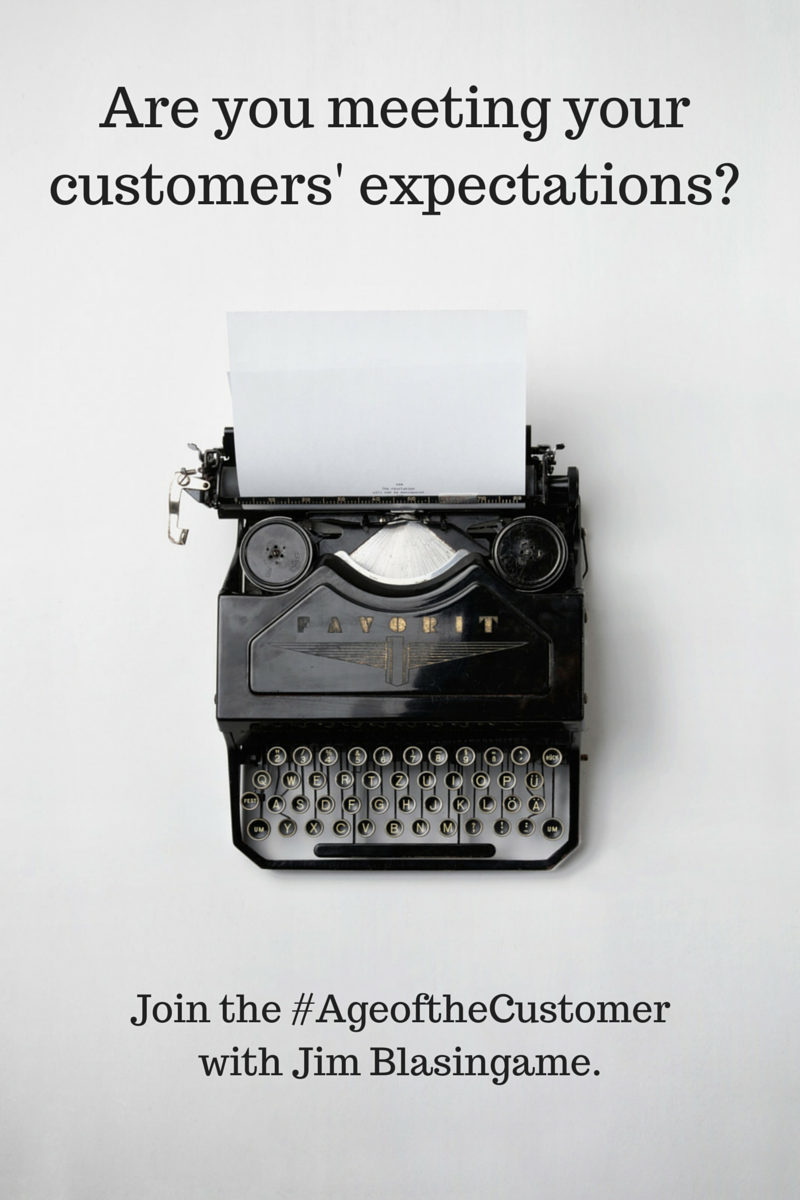As the financial crisis was being resolved in December 2008 I heard someone say, “Wait ’til the startups get going – they’ll end this recession and crank up the economy again.” Of course, this maxim had caught on previously because when you start a business, you create at least one job.
But as I thought about how that entrepreneurial expectation had been true in past recoveries, I considered the environment we were entering and concluded that this recovery was going to be different. Indeed, in my 2009 predictions I reckoned that there were going to be fewer startups in this recovery cycle than ever before based on two conditions I saw coming. Unfortunately, things got even worse due to two factors I didn’t forecast.
Typically, the founding of most Main Street startups are funded initially with access to the personal credit and home equity of the founders. I saw problems coming for both of these sourcesbecause:
1. One morning in February 2008 – months before the financial crisis but with storm clouds on the horizon – millions of credit card holders woke up to discover their card issuers had withdrawn any available credit they had the day before.
2. Then, over the next year, the bursting of the real estate/mortgage bubble – the prime cause of the 2008 financial crisis – resulted in wiping out or significantly reducing the home equity of millions of U.S. households.
The two factors I did not forecast are:
3. The youngest – and largest – of marketplace participant groups, Gen Y and Gen X, age 20-44, apparently are not as entrepreneurial as their Baby Boomer parents were at that age. According to the Kauffman Foundation, since 2009 startup activity for those two demographics has been declining.
4. In my half-century career, and my study of the history of the American marketplace, prospective founders of new businesses have never been subjected to the level of anti-business rhetoric and policies from the federal government as they have in the past seven years.
One of the seminal findings of the Global Entrepreneurship Monitor (GEM) is a direct connection between a country’s entrepreneurial vitality and its economic growth. The Great Recession ended in June 2009. But the subsequent U.S. recovery, now well into its sixth year of moribund performance (2% annual average GDP growth), has been stuck in a kind of circular reference: expansion-creating startups aren’t happening because of the four entrepreneurship-repressing factors.
Write this on a rock …Real economic expansion – more than 3% growth – will require a return to favorable entrepreneurial conditions lost since 2008.
Next week my column will reveal counter-intuitive ways the lack of startups since 2008 have been positive.


 Tough love alert: If your business isn’t ready for
Tough love alert: If your business isn’t ready for 





